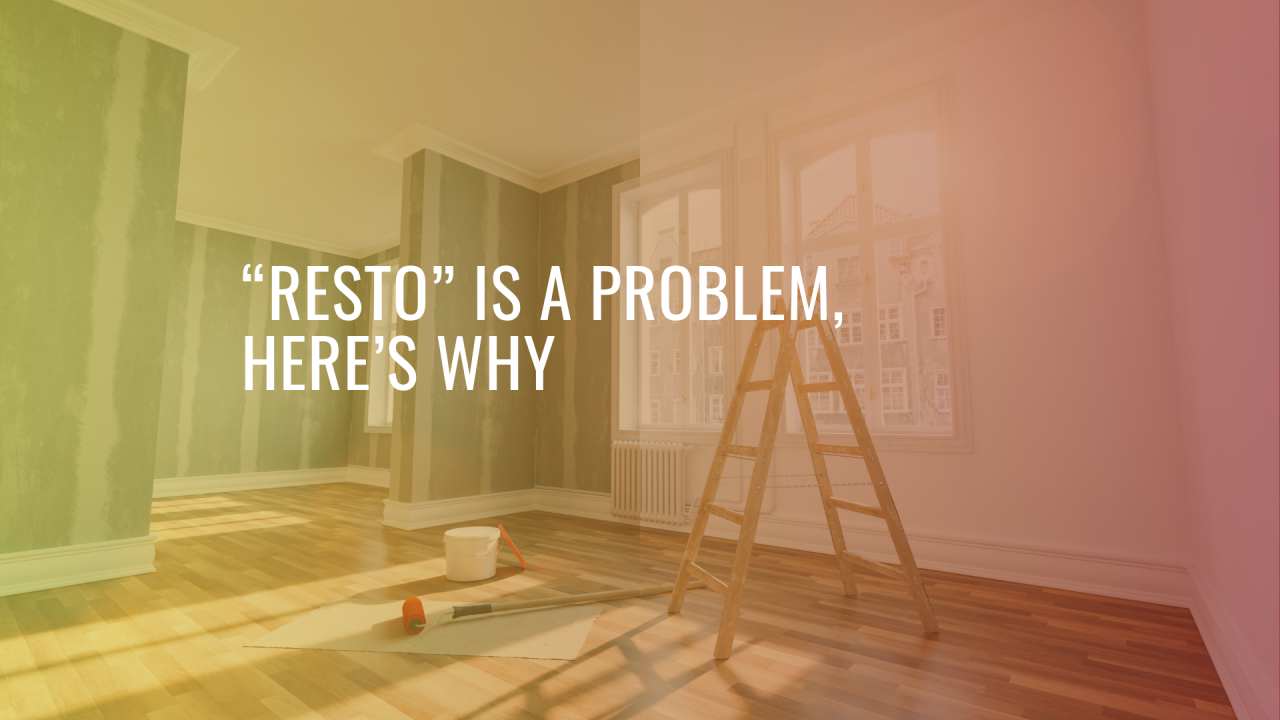If you’ve worked in property claims for any length of time, chances are you’ve heard the term “resto” more times than you can count—especially on water damage or mould contamination claims. Yet for many claims professionals, “resto” remains a vague, catch-all phrase that leads to more confusion than clarity.

Originally coined by building groups offering end-to-end restoration services, “resto” has become shorthand—but it now poses a major issue: it blurs the lines between three distinct phases of work, each requiring different skills, equipment, and cost considerations.
Breaking Down the Three Phases
- Phase One – Mitigation
- Phase Two – Invasive Assessment & Fixture Removal
- Phase Three – Structural or Contents Remediation
Why Bundling Causes Budget Blind Spots
When contractors quote a lump sum like “$15K for the resto”, it’s rarely clear how much of that relates to urgent mitigation (e.g. $5K), and how much could be planned and quoted separately (e.g. $10K for remediation). Without that breakdown, insurers may approve high-cost works prematurely—works that could have been competitively tendered or reviewed more thoroughly.
The Right Questions to Ask
To avoid these pitfalls, claims professionals should ask two key questions whenever “resto” is mentioned:
- What specific phase(s) does this cover?
- Can you separate costs by phase?
Moving Toward Clarity and Control
Leading claims teams are phasing out vague terminology like “resto” in favour of precise service descriptions and clearly itemised scopes of work. This approach not only gives insurers better control over costs but also helps contractors showcase their capabilities more effectively.
By holding to a standard of clarity across each phase, claims handlers are better positioned to reduce ambiguity, protect their budgets, and ensure higher quality outcomes—particularly during early mitigation stages where timing and decisions are critical.
